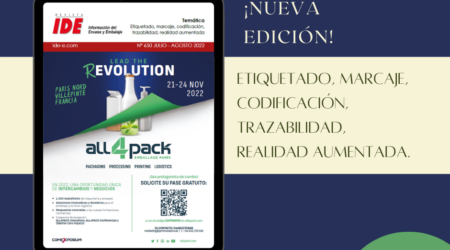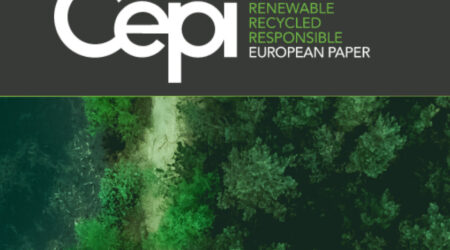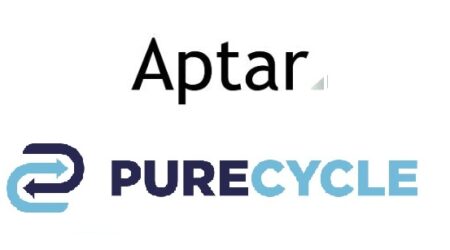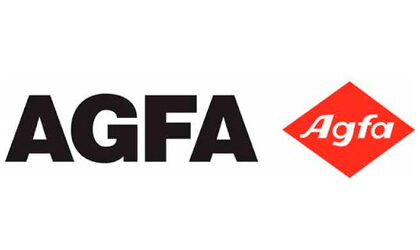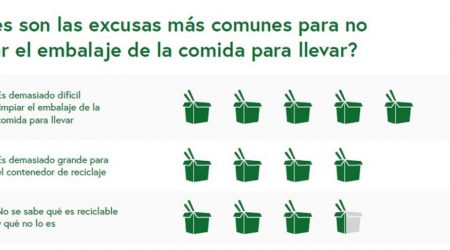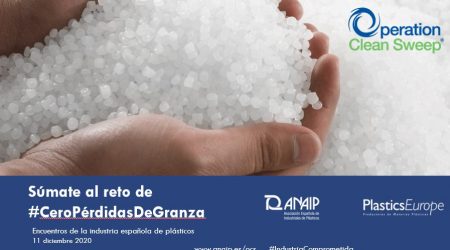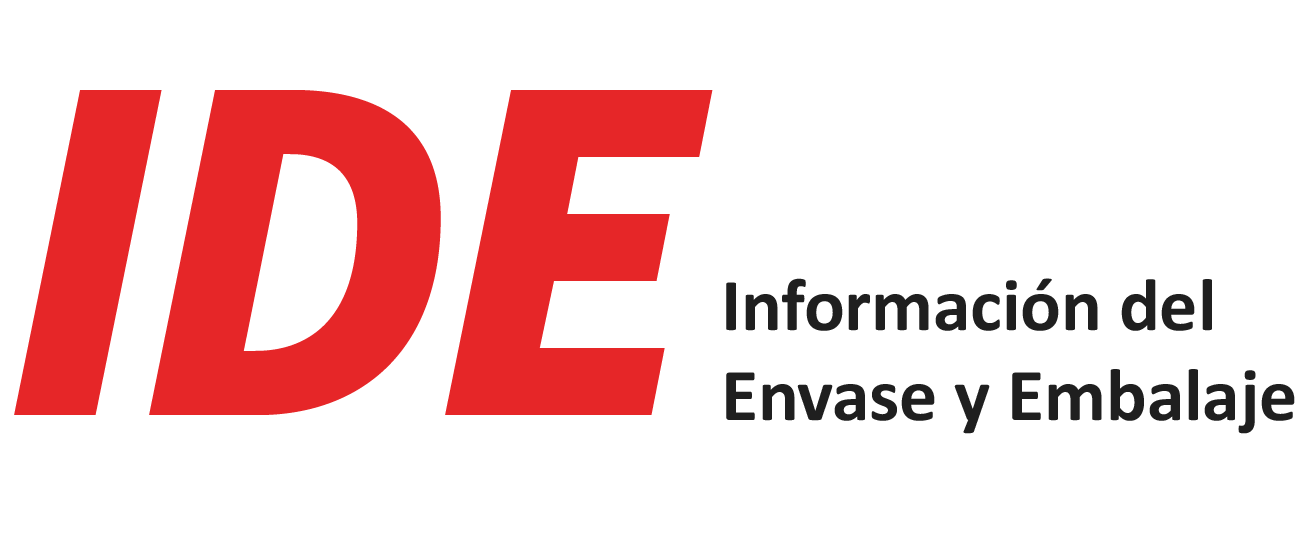Pure packaging for a pure product
Liquid gold, the nectar of the gods … there are many descriptions for honey, most of them very exaggerated, all of them positive. After all, honey is regarded as one of the purest foods around. Unlike sugar, it has the advantage that it already contains many substances which help the human body to digest the sugar it contains. It helps to heal wounds, has an antibacterial effect, protects the body’s cells and renews them. Inflamed gums can be alleviated by honey while it can also relieve the symptoms of colds by clearing the sinuses and reducing coughs. Honey is regarded as a beauty and anti-aging product and, last not least, it simply tastes good.
In Germany, around 1.2 kilos of honey are consumed per capita each year. Courtesy of a million hives. For approx. 300 grams of honey, each individual bee is obliged to leave the hive around 20,000 times, flying from blossom to blossom to collect nectar. After visiting approx. 1,500 blossoms, it returns heavily-laden with a sweet load to the hive where it passes its treasure on to a colleague, the so-called house bee. As it sets off on its homeward flight, the nectar begins its exciting transformation into honey as the bee enriches it with valuable substances such as enzymes. Inside the hive, the bees extract more water from the nectar and store the honey drop by drop in the honeycomb which they cover with a fine layer of wax. And then the beekeeper uses centrifuges to eject the honey, before filtering it, passing it through a sieve and pouring it into jars.
A product as pure as this requires equally pure packaging. Choosing glass as a container is a good solution. It satisfies all requirements which packaging should focus on, i.e. maintaining both the intrinsic quality of food and extrinsic demands on quality. Glass therefore complies with one of the more pressing tasks of guaranteeing both shelf life and toxicological safety by minimizing interactions between the packaging material and the food contained therein. For some years now, this has also applied for the glass closure, the metal lid, by preventing migration from the lid sealants into the contents. What was already solved decades ago for the beverages industry is also possible for wide-mouth closures and therefore for glass jars. Using TPE technology originally developed by Actega DS for crown corks and aluminum closures, it has been possible to close an essential gap in the elimination of PVC from packaging coming into contact with food.
In the form of PROVALIN®, the market offers a closure sealant compound free of PVC and phthalates which complies with all EU guidelines and guarantees maximum food safety. The various models mean that there are suitable solutions available for all food packaged in jars and bottles – including for honey.
One company relying on this closure solution is represented by Europe’s largest importer of organic honey, Walter Lang GmbH, whose roots extend back to 1895 when honey was first imported to its location in Bremen. Walter Lang GmbH evolved from Walter Lang Honigimport GmbH in 2008 and specializes in the production, manufacture and distribution of organic honey. As an organic pioneer, Walter Lang delivered his first home-centrifuged honey to regional organic stores more than 40 years ago and was involved in developing the guidelines governing ecological beekeeping more than 30 years ago. Today, its employees pass on their experience concerning sustainable, biological and resource-conserving production to beekeepers in the honey-producing countries on each continent of the globe. Of the eight million kilos of honey which are on average imported every year, around 85 percent is accounted for by organic honey. Additionally, the “Walter Lang-Spezialitätenhonige” brand featuring 35 selected blends has been sold since 2013.
In its state-of-the-art production facilities, Walter Lang GmbH avails of one of the most modern filling and packaging plants in Europe where a modern filler slowly doses the honey into the jars. The jars are then PVC-free sealed with PROVALIN® and labeled. This also goes well with the company’s philosophy in which major attempts are always made to trigger as little environmental impact as possible during manufacture, packaging and storage of the products.



